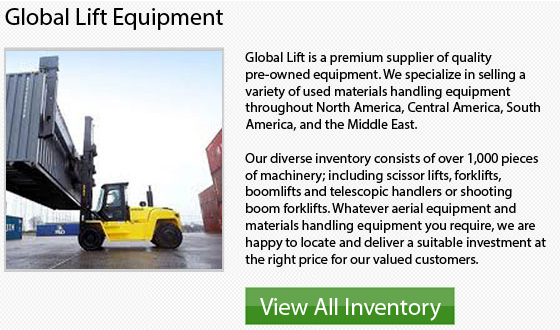
Lift trucks were launched onto the market during the beginning of the 20th Century. These machinery have played a tremendously powerful part in the recycling business and have also changed the material handling industry. The factors for safe use, the lift truck's evolution and the various different types are discussed below.
History of Lift Trucks
These powered industrial trucks, also referred to as lift trucks and forklifts, were invented and introduced to the market in the latter part of the 19th century. Originally, these units were low lift trucks which were just capable of raising platforms a few inches from the ground. Usually, these machinery were utilized for transporting material within a shop, such as work-in-progress situations. During the late 1910s, high lift trucks first emerged and enhancements in truck design started to take root from there. The tier trucks ultimately developed and this allowed for greater storage effectiveness and stacking of loads.
During the 1930s, there were some extremely difficult economic times. Nonetheless, in this specific time, labor was freely available but money for investment was increasingly harder to come by. This situation really slowed the growth of lift truck usage.
Lift trucks became a very strategic part of the WWII war effort as the vast shortages in manpower during that time occurred as a resulting of enlistment of thousands of men. It was discovered that its driver and the lift truck were very productive and could handle the work of many men. As the War progressed, a lot of women drivers filled the many demands. When the war was over, lift trucks became a mainstay of the material handling business. They were used a lot in the Pacific war efforts. A few of the leftover pallets and lift trucks within Australia left behind by the U.S. Military became the basis for the Commonwealth Handling Equipment Pool or CHEP, who today is referred to as the world's largest pallet pooling business.
Diesel/Gasoline
Diesel and gasoline engines have lots of advantages. They are always available around the world; they are great for heavy duty workloads, they deliver consistent power throughout the shift and many operators are quite familiar with the source of power.
A few of the major drawbacks of gasoline and diesel models include: they need much more maintenance than electric models, because of the emissions they release, they are not suitable to be used inside, there is some difficulty and cost connected to fluid and oil disposal and they need a re-fueling post on-site if they are going to be in continuous use.